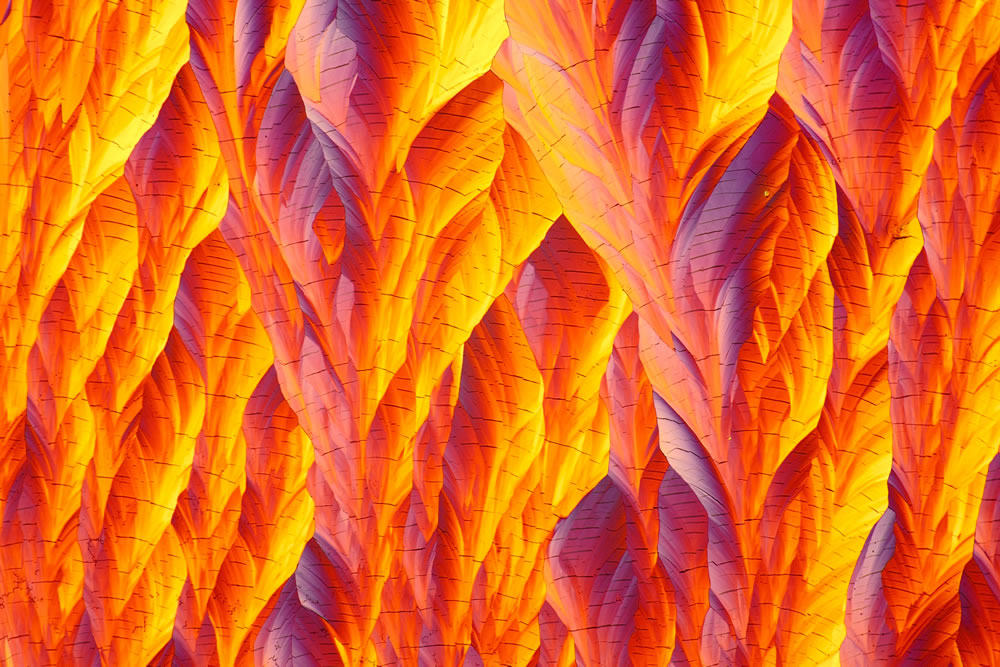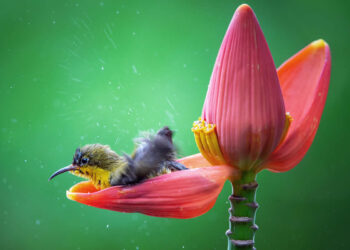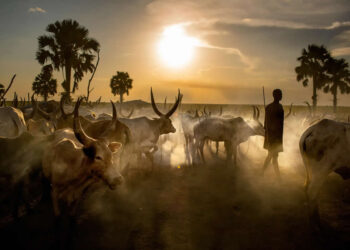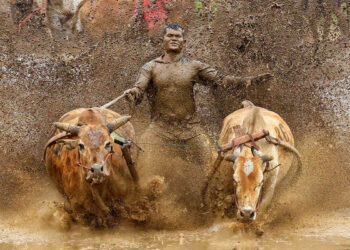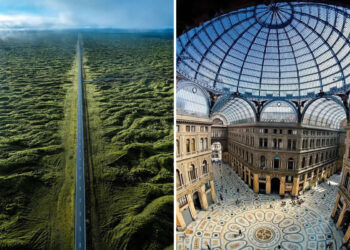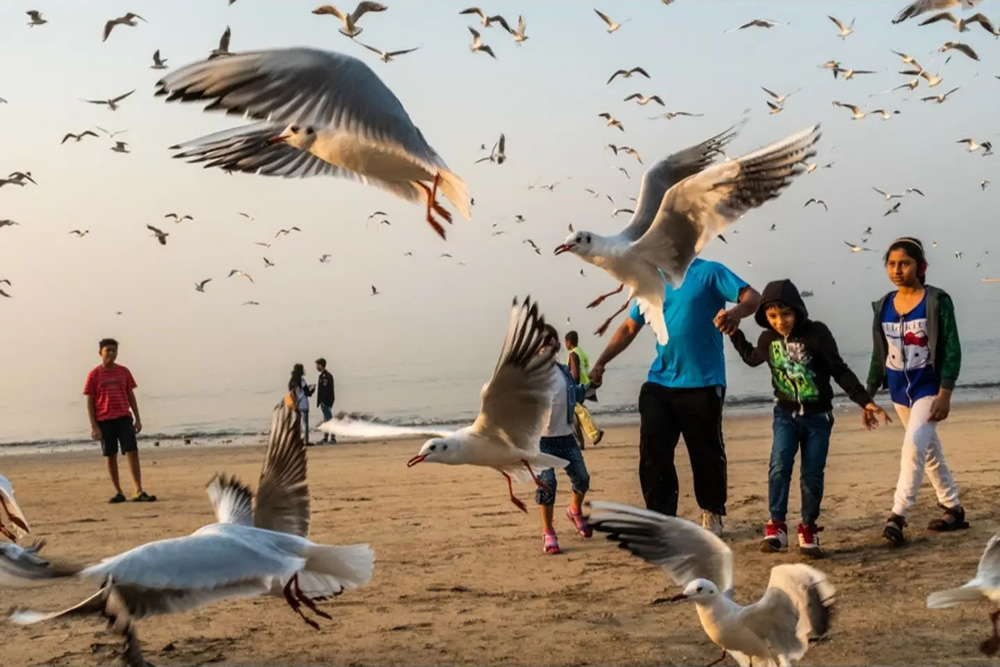Presenting the outstanding photographs that emerged triumphant and as runners-up in The Royal Society Photography 2023 Competition. After a four-year hiatus caused by the global pandemic, the competition made a triumphant return in 2023, unveiling the extraordinary images captured by our dedicated scientists in the realms of Astronomy, Behaviour, Earth Science and Climatology, Ecology and Environmental Science, and Microimaging. Delve into the remarkable talents showcased by our winners and runners-up, displayed below.
We extend our gratitude to the esteemed judges, Professor Jon Blundy FRS, Professor Duncan Mackay, and Professor Ulrike Muller, for meticulously selecting the top 10 finalists from the numerous submissions. We trust you will relish the cosmic nebulas, intricate fault lines, and mesmerizing ocean creatures they encountered on their exploratory journey.
Scroll down and inspire yourself. You can check their website for more information.
You can find more info:
#1. Competition Winner: ‘Martian landscape’ by Irina Petrova Adamatzky
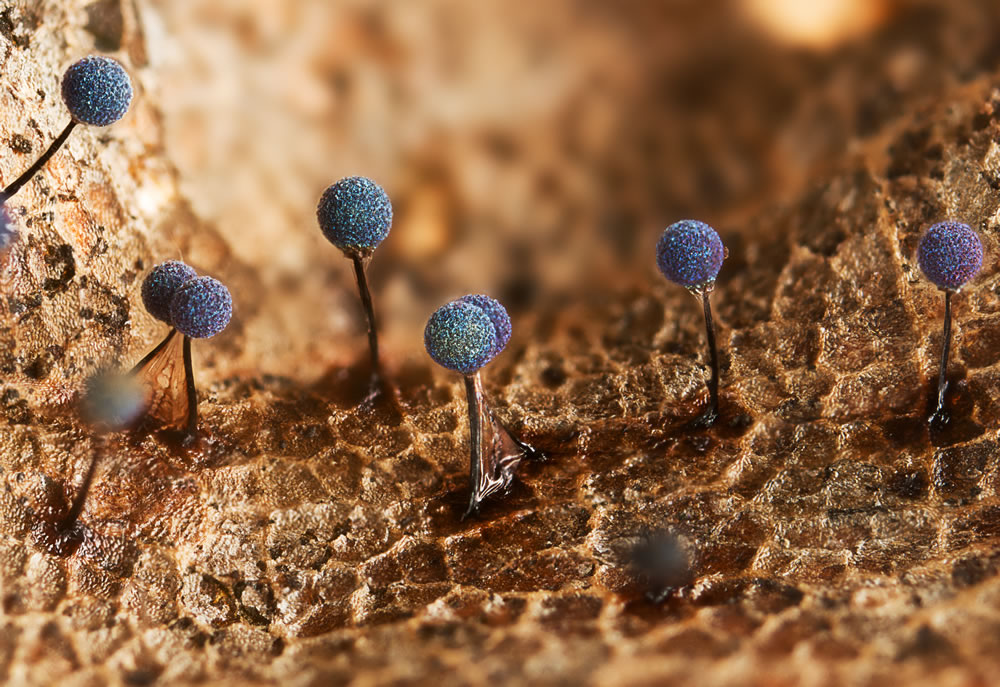
This photo shows a specimen of Lamproderma scintillans, an exceptionally fascinating microorganism firmly adhered to an autumnal leaf in Somerset, UK. Classified within the taxonomic group Myxomycetes, or plasmodial slime moulds, Lamproderma scintillans exemplifies a captivating amalgamation of traits bridging the realms of both the plant and animal kingdoms.
#2. Astronomy Winner: ‘The Western Veil Nebula’ by Imran Sultan
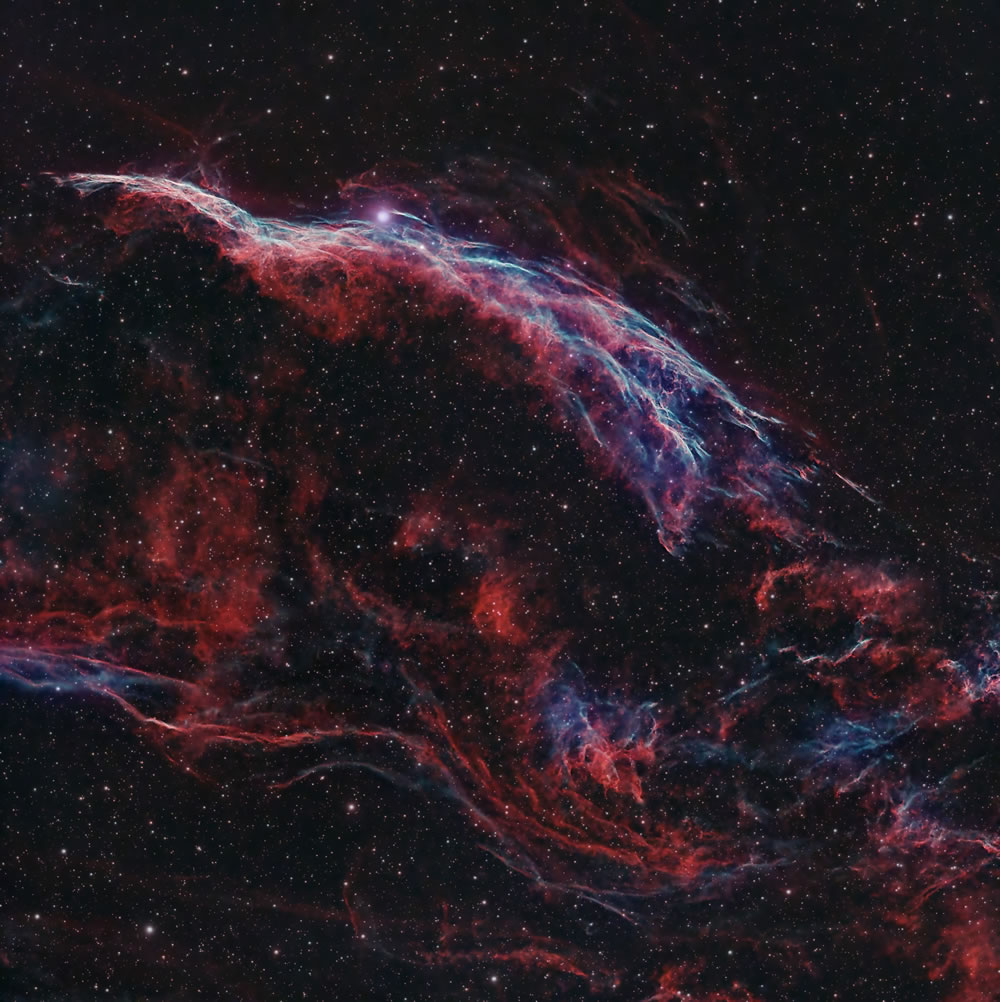
About 10,000-20,000 years ago, a star much more massive than our Sun exploded in a supernova. The result was the Veil Nebula, a magnificent supernova remnant found in the Cygnus constellation. Despite being over 2000 light years away, the angular size of the Veil in our sky is several times larger than the Moon (Fesen et al. 2018).
#3. Behaviour Winner: ‘Nightly elevator’ by Tom Shlesinger.
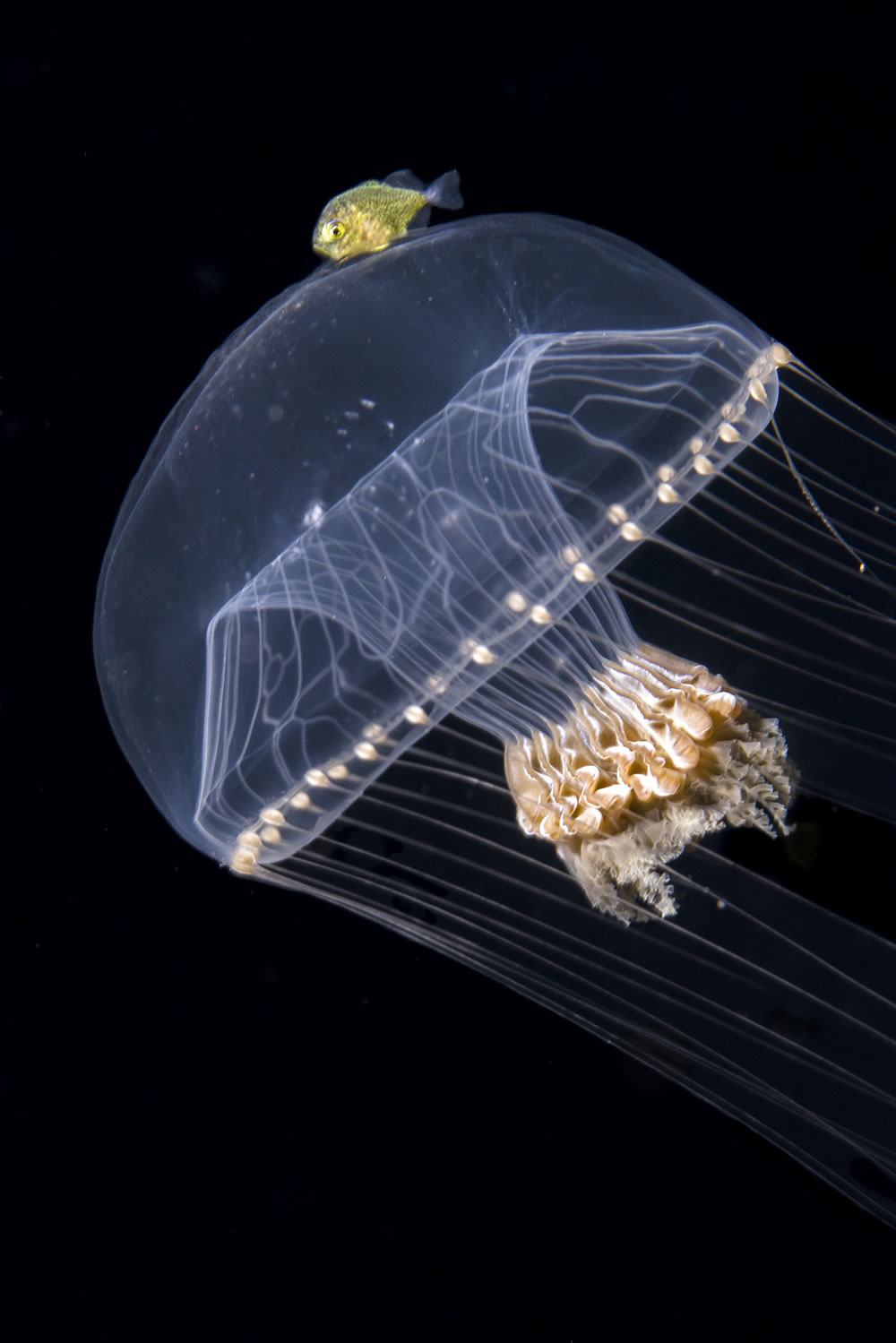
Every night, the largest migration in the world takes place in the ocean. As the night falls, many organisms move up from the great depths of the ocean towards the sea surface. They engage in this vertical migration mostly to access food while avoiding daytime predators. Before the crack of dawn, they descend back down.
#4. Earth Science Winner: ‘A crack in time’ by Chia-Hsin Tsai
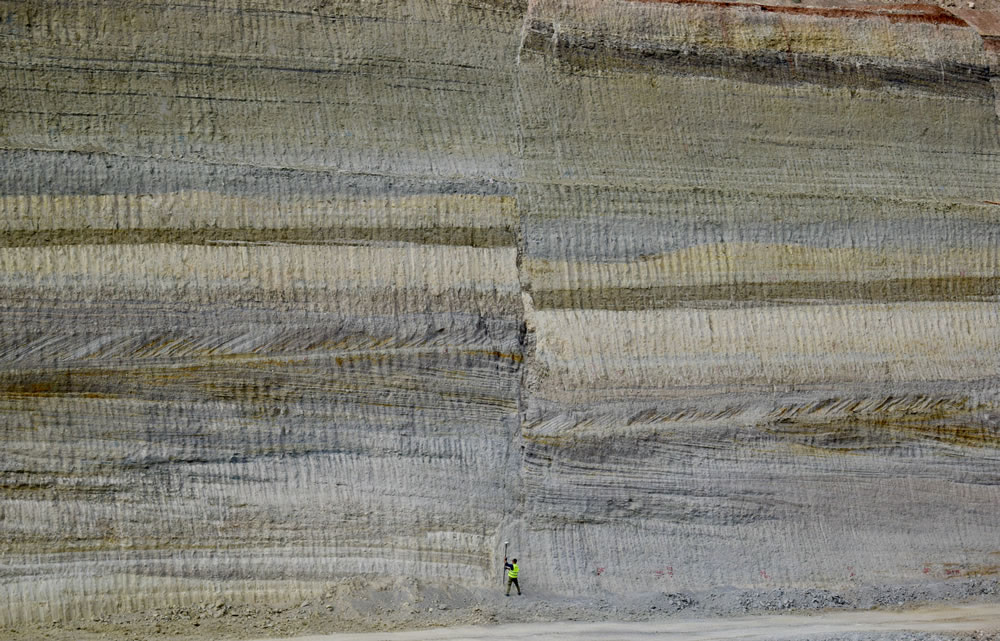
#5. Ecology Winner: ‘Star of the night’ by Tom Shlesinger
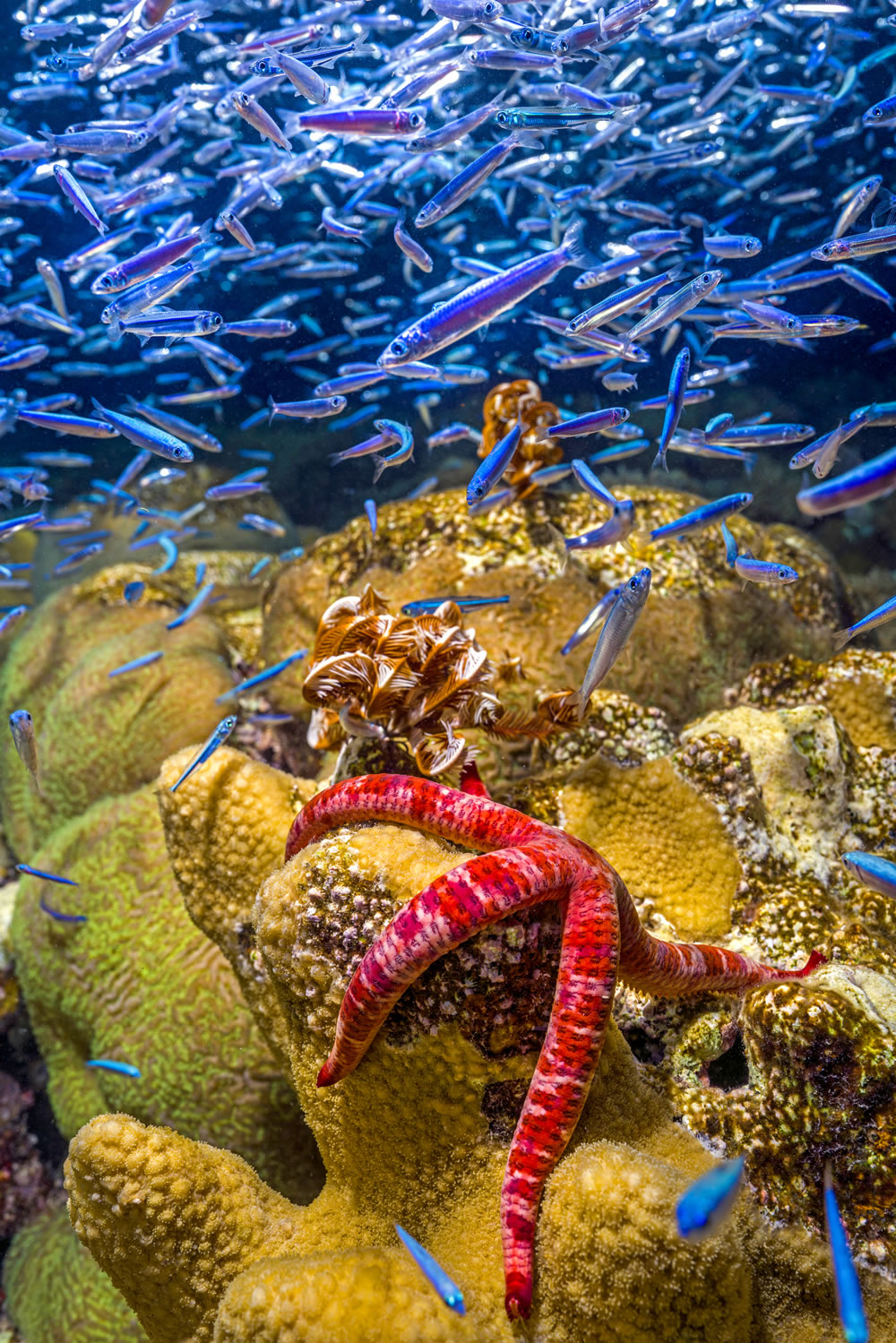
#6. Earth science Runner up: ‘Burning through the frozen south’ by Michael Meredith
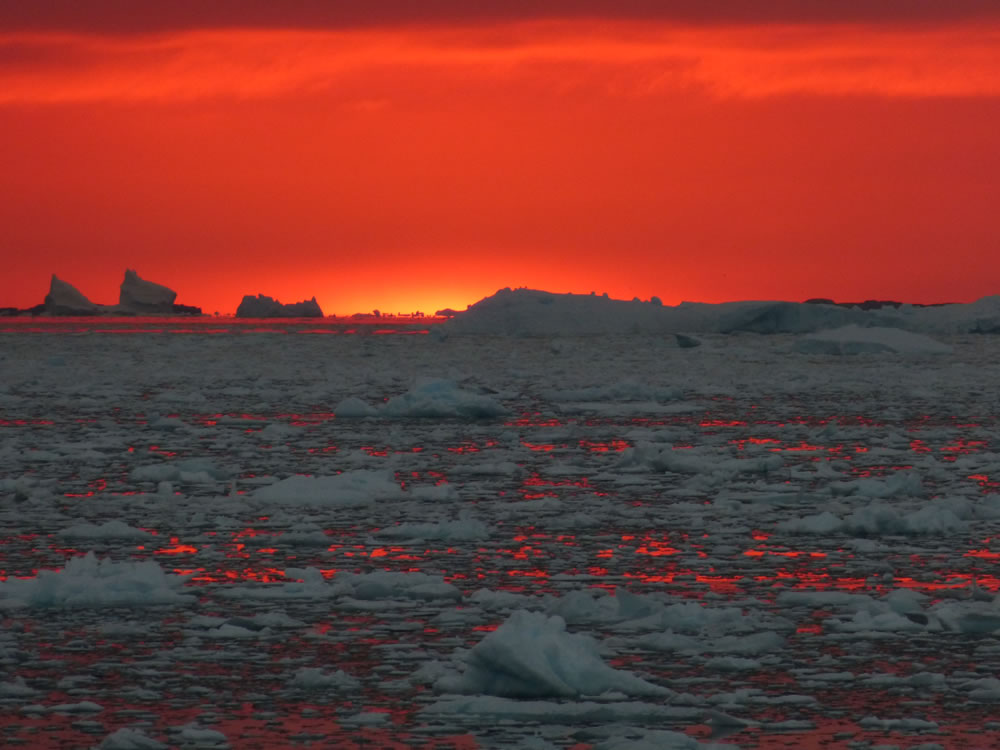
#7. Ecology Runner up: ‘Post-war chamois’ by Filippo Carugati
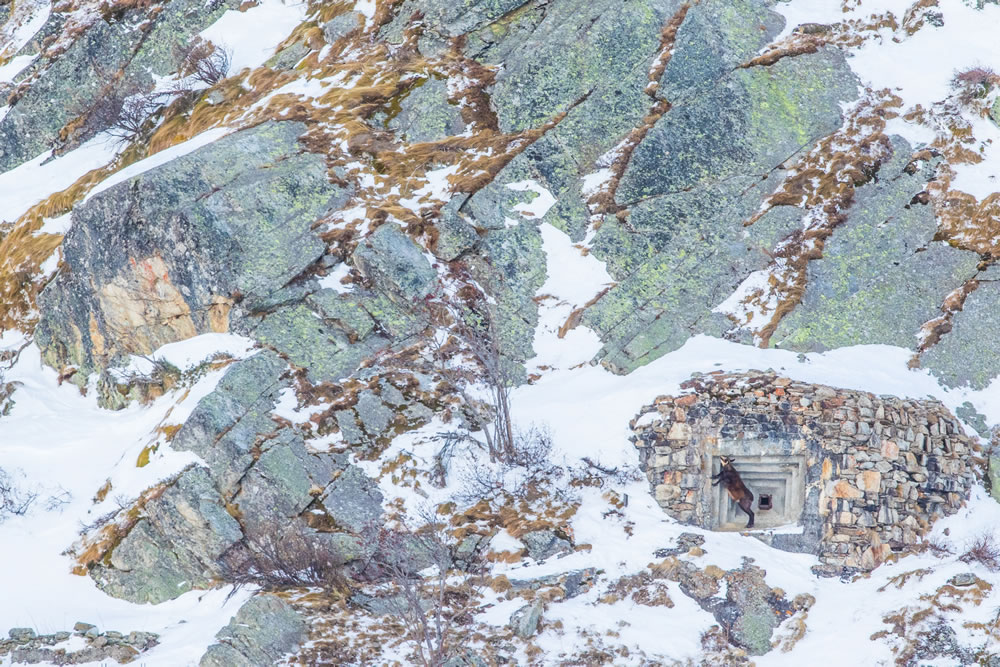
#8. Astronomy Runner up: ‘Flower Moon on a cloudy night’ by Imran Sultan
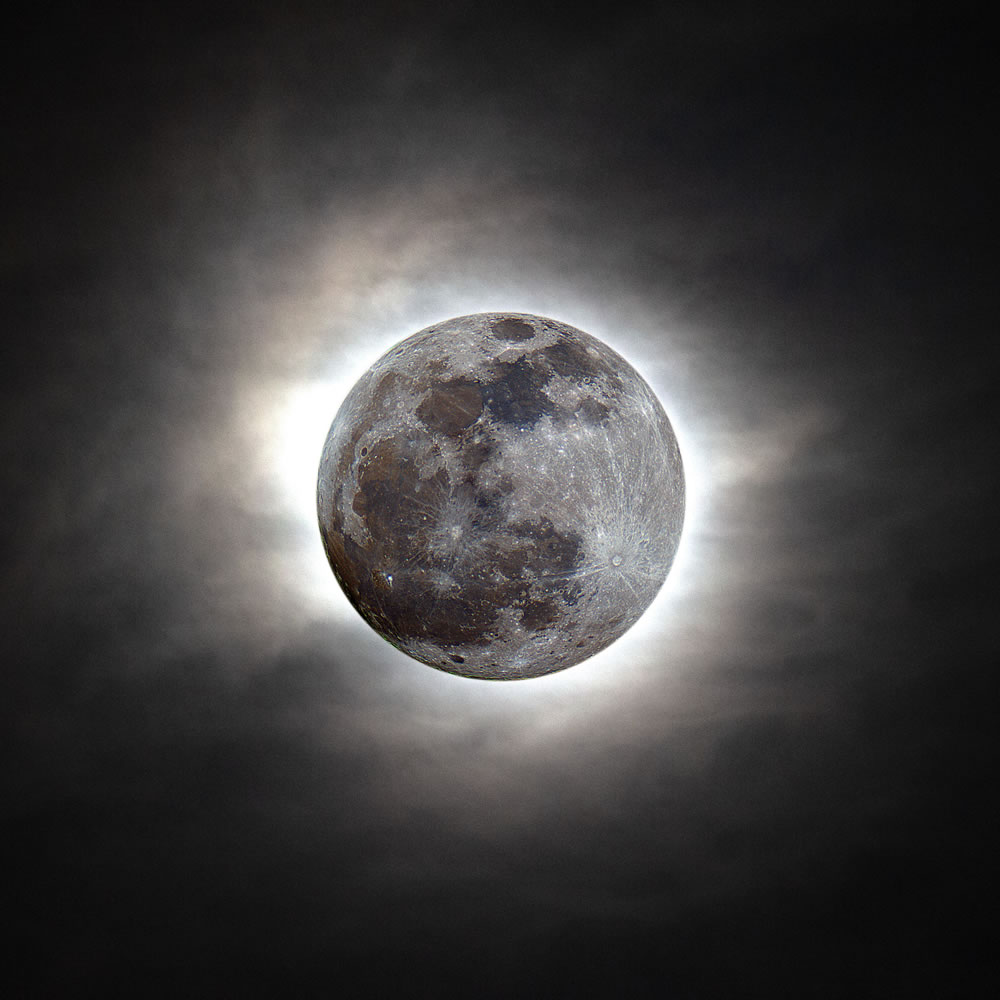
#9. Behaviour Runner up: ‘Ssstandoff’ by Gregory Funston
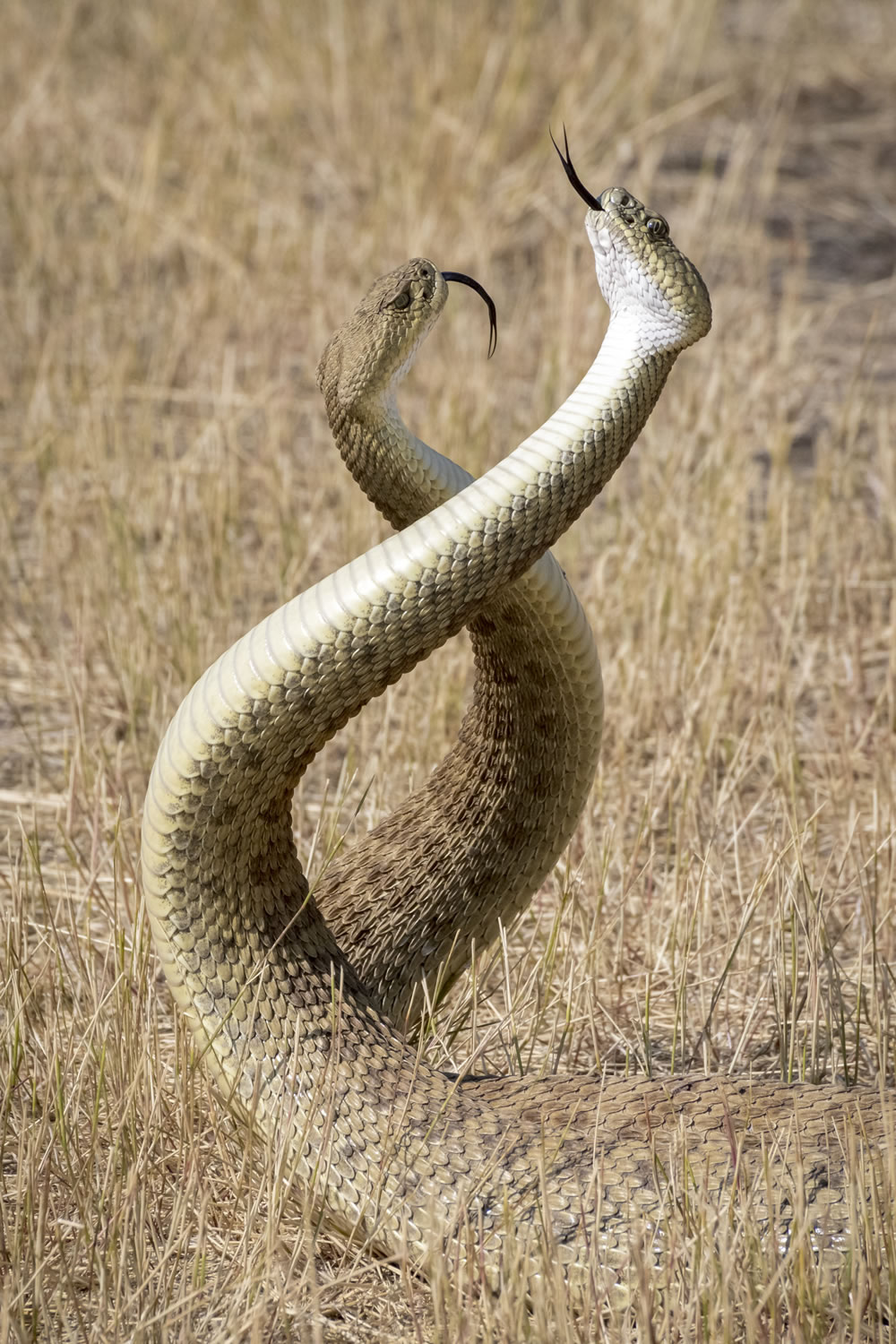
#10. Microimaging Runner up: ‘Beacon of crystals in a wild forest’ by Shyam Ulhas Rathod
